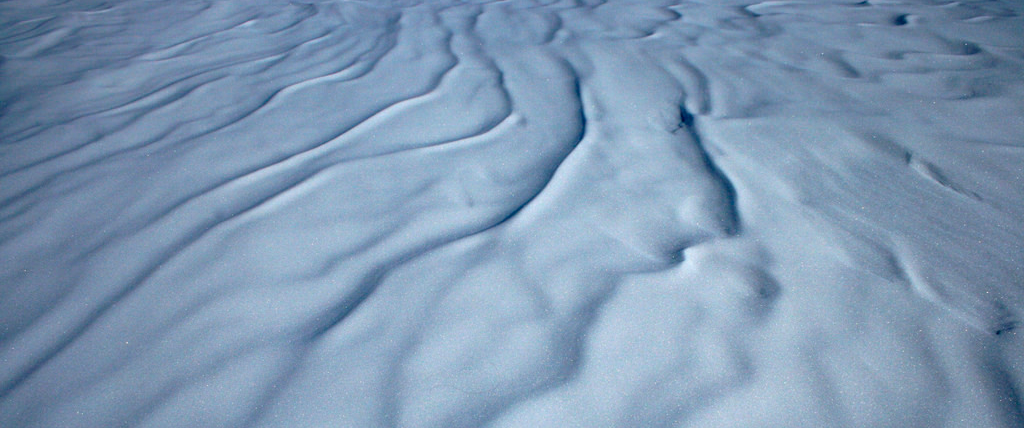New Scientist
Image: eliduke
How did complex life survive when the Earth turned into a giant snowball hundreds of million years ago? A bizarre region of “dirty” Antarctic ice, discovered a century ago by British explorer Captain Scott’s team, might hold clues.
There is evidence that Earth experienced at least two astonishingly severe ice ages between 717 and 636 million years ago. Some researchers say conditions were so extreme that ice reached the equator – so our planet effectively became a giant snowball.
If it happened, Snowball Earth creates a puzzle. We know that complex life and perhaps even early animals appeared before the glaciations began. So how and where did these organisms survive when Earth became a frozen snowball?
Roger Summons at MIT, Ian Hawes at University of Waikato in Tauranga, New Zealand and their colleagues have found a possible solution. It lies in a strange corner of Antarctica explored by Robert Falcon Scott’s Discovery Expedition between 1901 and 1904. Infamously, Scott later died in Antarctica in 1912 after being beaten to the South Pole. Read more on newscientist.com…








